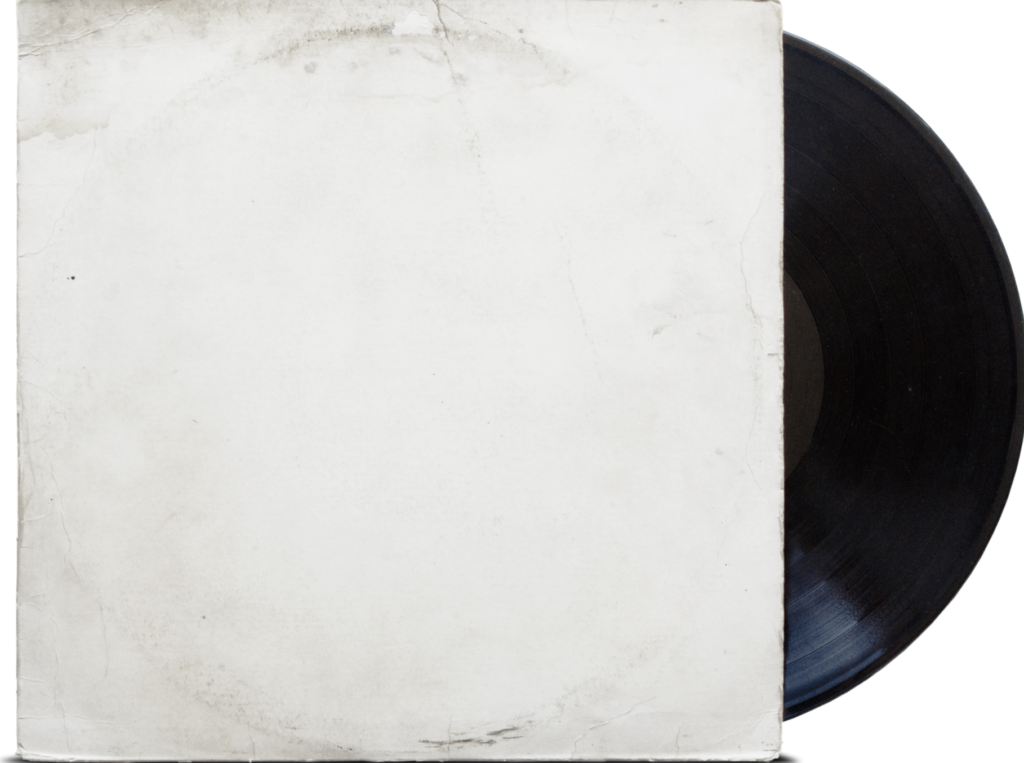There’s a reason why classic records have that certain sound – because they were made in a studio with expensive equipment. However, you don’t need to spend thousands of dollars to get that same sound in your recordings! This blog post will show you how to add the ‘record’ sound to your vocals using fake double tracking.
Double Tracking by Audio Engineers
According to audio engineers, “double tracking” is the process of recording a second, identical performance of a vocal line on top of the original track. This creates the illusion of a thicker, richer sound as if there are two singers instead of one. double tracking is often used on pop records to create a sense of depth and motion.
However, some music purists argue that the technique is overused and can actually weaken the emotional impact of a song. They argue that the artificial doubling of a vocal line can create a sense of detachment as if the singer is not really invested in the performance. In addition, they say that it can make the vocalist sound less expressive as if they are trying to imitate another singer instead of expressing their own emotions.

Sounds Like Vinyl
As any music lover knows, there is nothing quite like the sound of a vinyl record. The rich, warm tones and crackling static of a well-worn LP can transport listeners to another time and place. Unfortunately, not everyone has the equipment or expertise to create vinyl-quality recordings.
Thankfully, there is a simple trick that can help to add that vintage sheen to your tracks. By doubling up sections of your recording, you can create the illusion of a vinyl record spinning on a turntable.

The effect is subtle, but it can make all the difference in the world to the overall sound of your recording. So, if you’re looking to add a little bit of magic to your music, don’t be afraid to give this technique a try.
Adding that missing “sounds like a vinyl” sheen to your recordings is as simple as doubling up sections. Some say that the genuine approach sounds best and is easy, so why bother imitating it?
Double Tracking On Vocals
Double tracking is a recording technique in which a musician records two separate tracks of the same performance. The tracks are typically played back together, slightly offset from each other in time.
This creates a fuller, richer sound that can help to mask any imperfections in the original performance. Double tracking is commonly used with vocals, but it can also be used with instruments. When done correctly, double-tracking can add depth and texture to a recording without making it sound oversaturated.
It is important to avoid doubling up on tracks that are already very busy or densely packed with sound. Otherwise, the result can be a cluttered, muddled mess. With careful planning and a light touch, double-tracking can be a powerful tool for adding dimension to your recordings.
How to Double Track Your Vocals
There are a few different ways to double-track your vocals. The most common method is to simply record two separate takes of the same performance and then combine them.
This can be done by recording the first take into one track and the second take into another track, or by using a multitrack recorder to record both tracks simultaneously.

The majority of people are unable to repeat a part with the same degree of accuracy that they can phase cancellation. For those who do, triple tracking can negate the need for this; because the third pass may add the required difference for the effect to function. Taping workflows might extend headphone mixes by a few milliseconds, or speed up the tape by a few cents. However, this is all possible in seconds on your DAW’s timeline.
Fake Double Tracking
Another method is to use a delay effect to create a delayed copy of the original track. This can be done with a digital audio workstation (DAW) or with an analog delay pedal. The delayed signal is typically mixed together with the original signal at a low level, which gives the impression of two singers singing in harmony.
The best way to double-track your vocals is to record two takes of the same performance and then combine them. This will give you the most flexibility when it comes to mixing the tracks together. You can experiment with different levels of delay and reverb to find the sound that you’re looking for.
Fake It Till You Make It
While there are many different reasons to do real double tracks, the most often cited reason is the superior sound that it gives. When two identical tracks are played together, they create a fuller, richer sound than when they are played separately. This is because the two tracks reinforce each other, resulting in a more powerful overall sound.
The organic shifts that occur are as natural as the sound itself, and trying to replicate them using time-based processing has, before now, turned in disappointing results.
Double Tracking – Fake It Till You Make It
Whether or not you believe that double-tracking is overused, there’s no denying that it can be a useful tool for adding depth and richness to your vocal tracks. If you want to add the ‘record’ sound to your vocals, here’s how to do it:
- First, record your vocal performance as usual. Make sure that you are happy with the take before moving on.
- Next, create a duplicate of the track and pan it to the opposite side (left if the original is on the right, and vice versa). This will create a sense of width in the sound.
- Now, slightly delay the duplicated track by about 15 milliseconds. This will create a sense of depth and space in the sound.
- Finally, add a touch of reverb to both tracks. This will give the impression that the vocalist is singing in a large room with good acoustics.
By following these simple steps, you can add the ‘record’ sound to your vocals and give them the polished, professional sheen that they deserve! Give it a try and see for yourself. If you’re looking for even more enhancements to your recordings, consider trying out the Voxessor voiceover software. This powerful tool can help you fine-tune your vocal recordings with ease, adding depth and clarity to your sound. With a few simple clicks, you can take your vocals to the next level and truly make them stand out.
Conclusion
Double-tracking vocals can add a sense of depth and richness to the sound, making it appear as if there are two singers. There are a few different ways to do this, but the most common is to simply record two separate takes of the same performance and then combine them. Another way is to use a delay effect to create a delayed copy of the original track. Whichever method you choose, adding double-tracking to your vocals can give them the polished, professional sound that you’re looking for!
Do you have any tips for adding double-tracking to vocals? And be sure to check out our other recording tips and tricks. Happy recording!
There you have it – how to add the ‘record’ sound to your vocals using fake double tracking. This simple trick can make all the difference in the world to the overall sound of your recording. So, don’t be afraid to give it a try!
Now that you know how easy it is to add the ‘record’ sound to your vocals, why not give it a try? You might be surprised at how much of a difference it makes to the overall sound of your recording. So, what are you waiting for? Go ahead and give it a try! You won’t be disappointed.









